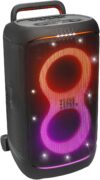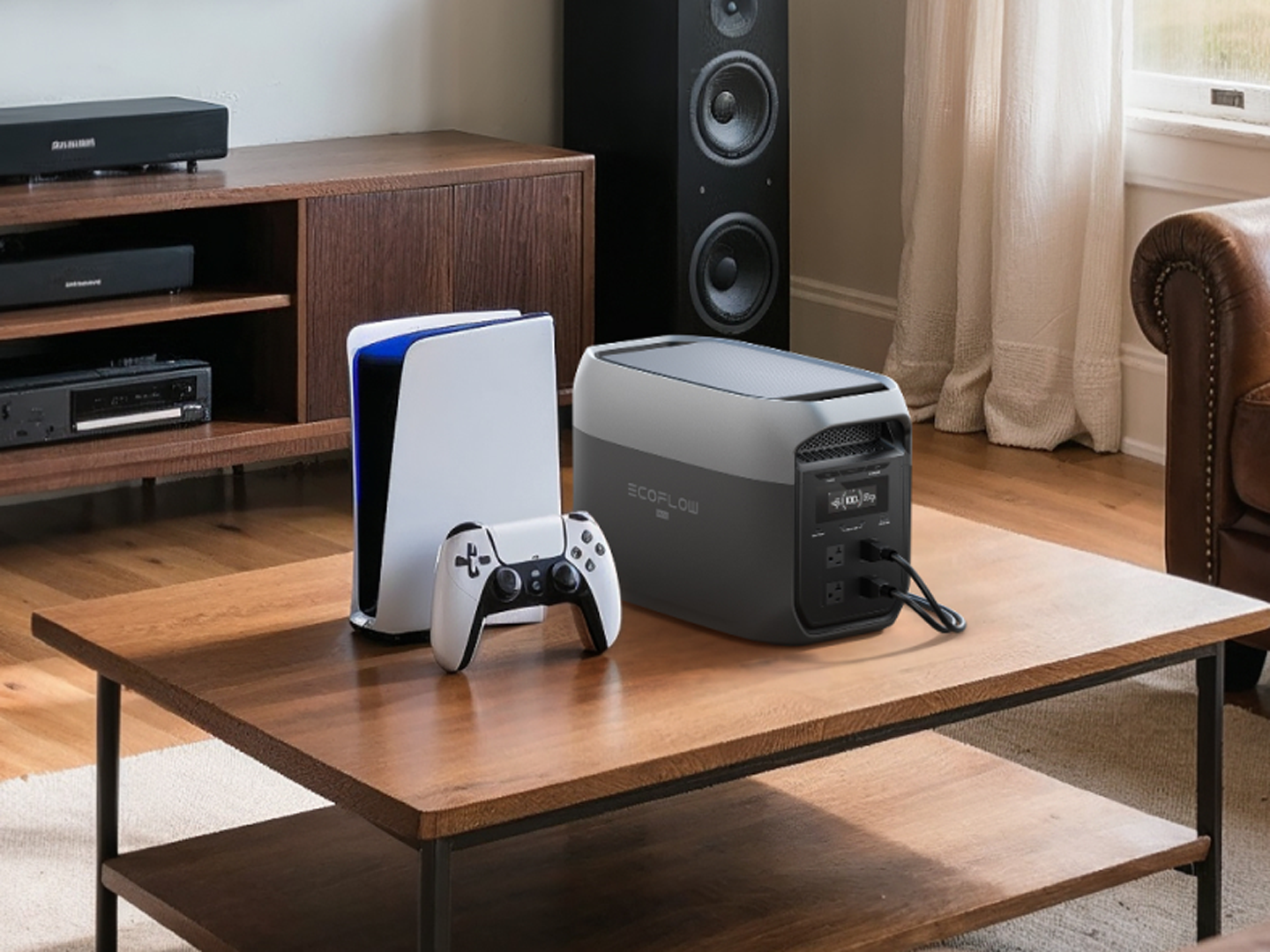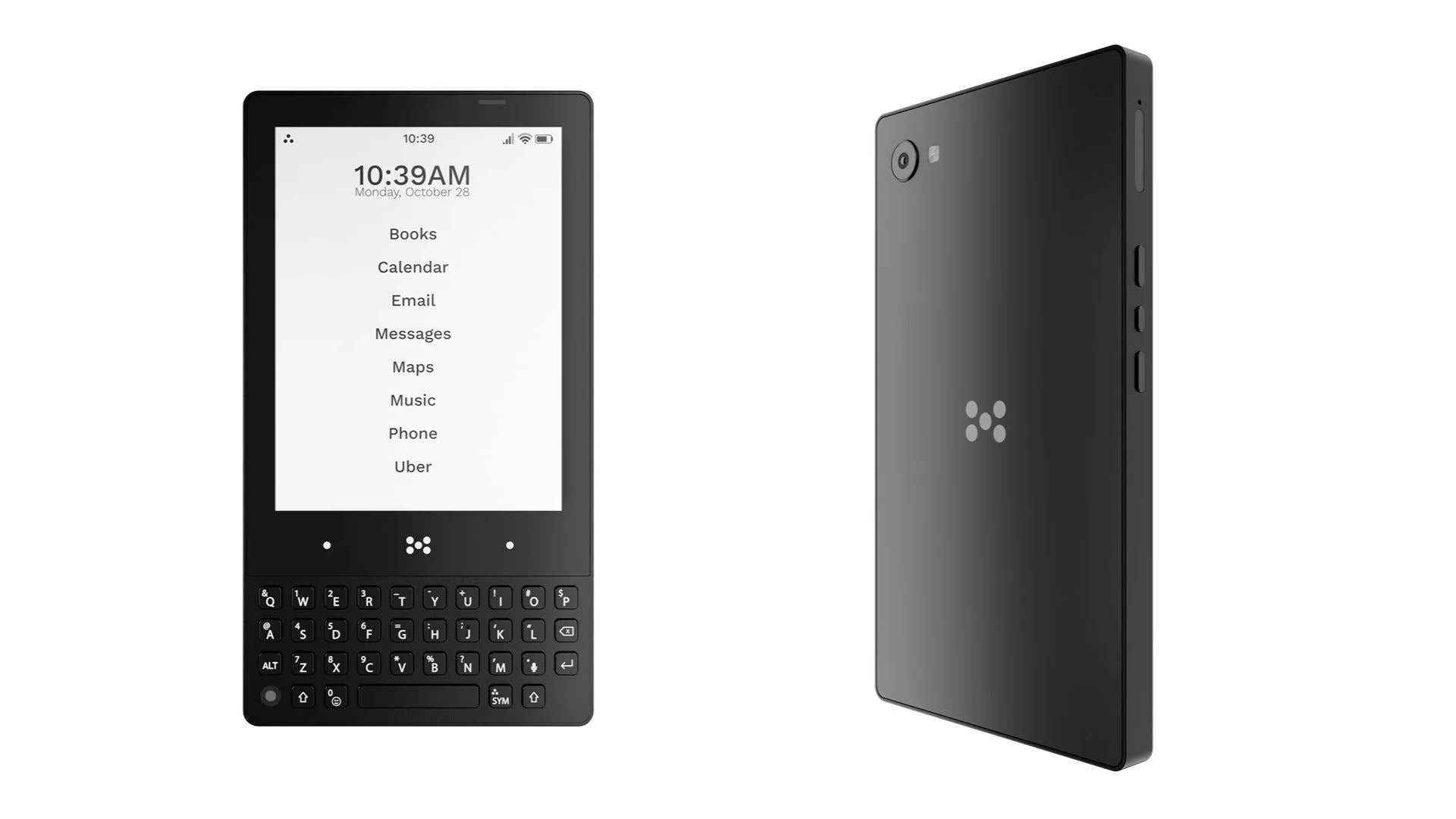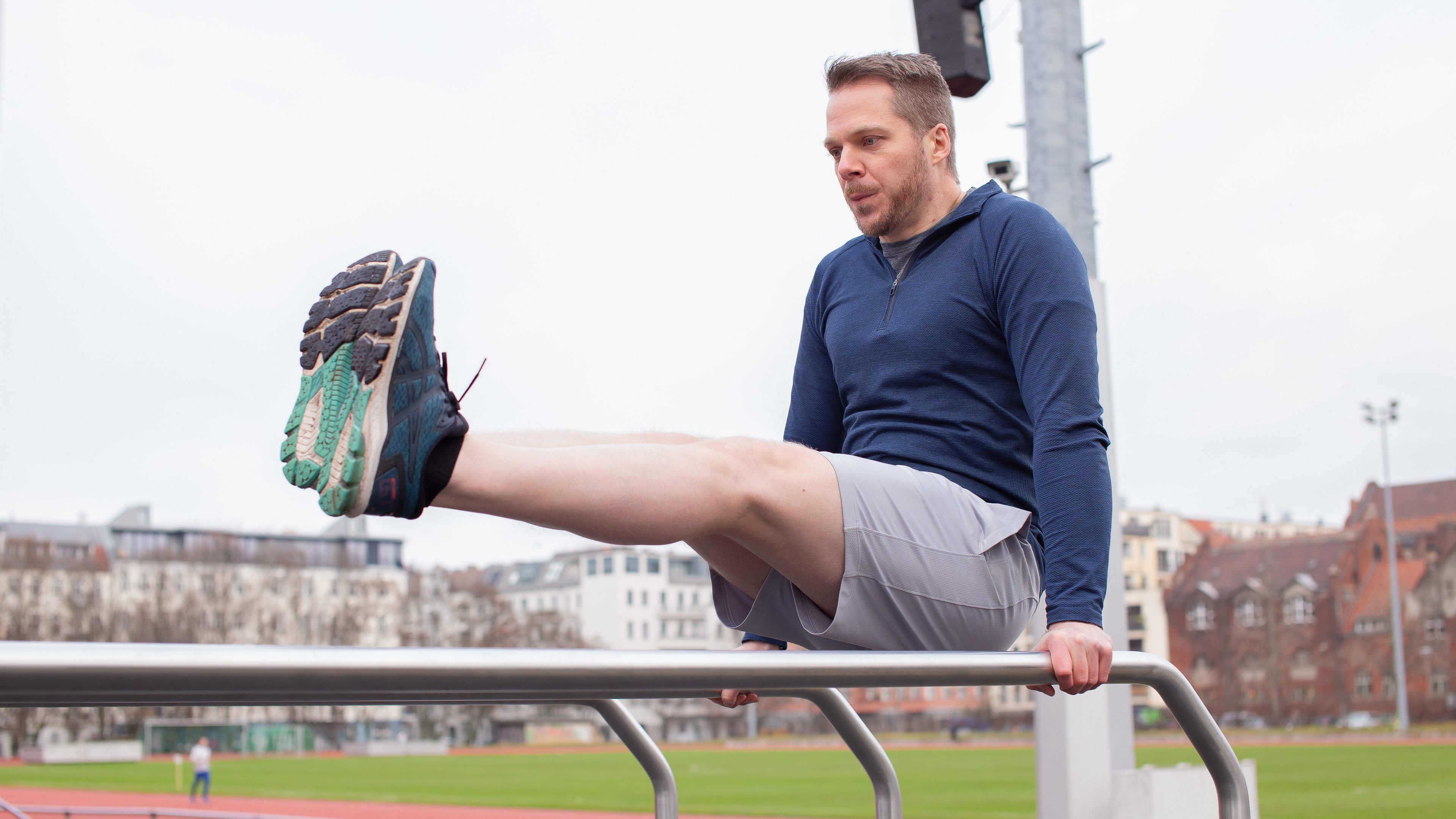
Do you necessarily need a gym, a new smartwatch, a home gym, or a body fat scale to lose weight? Of course not, because most of the work is simply up to you. But of course, all these tools can still help you lose weight, build muscle, or simply feel better all around. In this article, you will find a range of approaches, concepts, and tips on how you can work towards a healthier and fitter body in the new year.
Table of Contents:
- Hello evolution: How can I lose weight (fast)?
- The calorie balance: Calorie intake and calorie consumption
- Counting calories is important: How it works
- Estimating calorie consumption: Fitness Tracker and other devices
- Sports as a calorie driver
- Sports for health
There are books that contain just about every aspect of fitness, and there is only enough space here to touch on all aspects. I would therefore like to show you in a holistic manner as far as possible, my learnings from a decade of fitness enthusiasm including a fitness trainer B license, even if I admittedly still lack the glory of acing the final exam.
1. Lose weight fast? Evolution is a prick
Blame evolution for the fact that we can’t just slouch on the couch all day long and shovel fast food into our mouths without a care in the world, because the body is a machine that has perfected over the course of evolution. The appetite is only surpassed by the fact that successful reproduction is key to our survival and our great goal, where until the age of supermarkets, lack of food was the greatest threat for thousands of years.
Therefore, any excess energy is meticulously stored as fat during times of crisis. Because of their genetic heritage, every human being has different predispositions as to where and, above all, how much fat is stored in the body. Your ancestors had to fight hard for survival? Too bad for you, because your body is probably now even more effective at hoarding flab.

In addition to genetic predisposition, metabolic training also plays a role. For example, those who starve themselves of food on crash diets train their metabolism to hoard even more calories in the form of fat. What this has to do with the yoyo effect, you can read further below.
2. Your body weight: intake and consumption
Regardless of your genetic makeup, the basic idea behind weight loss and weight gain is simple: if you eat more calories than burn them, you gain weight. The same logic applies the other way around, allowing you to lose weight. Yes, there are countless trends like: “no more carbs after 6 p.m.”, interval fasting, low carb high-fat diets, or some insane stuff from Gwyneth Paltrow. Some of it is just useless at best, other measures actually push your metabolism in a different direction in the long run or help you develop healthier eating habits in general which helps you lose weight.
In my experience, however, the chance of success is much higher if you view your body as a self-contained physical system, and that’s where the input-output principle applies. The very first step is to get to know your calorie intake (input) and your consumption (output).
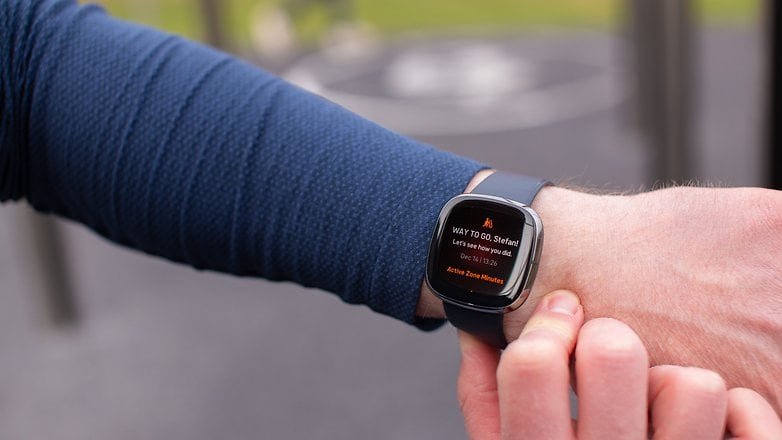
2.1 Input: Counting calories is a real pain in the butt
Yes, writing down all your meals and drinks rivals sorting screws or watching paint dry in terms of popularity. However, doing so is essential. In addition, there are numerous apps that make the endeavor a whole lot easier.
Instead of typing out the calorie content, fat, etc. of your sandwich, you can simply scan the barcode on the packaging with the likes of Fatsecret, for instance, and have your lunch noted. Also, if you keep up with the nutrition tracking for the next few weeks, you will quickly develop a very good feeling about your nutrition and learn to listen to your body at the same time.
In addition to pure energy intake in terms of kilocalories, most apps also record the macronutrients that make up the amount of energy you consume. The macronutrients comprise of fat, protein, which are sometimes also known as “carbs.” Bad news for those who love their drinks. Alcohol, by the way, is also a macronutrient and has hefty calories. Two shot glasses of absinthe are roughly equivalent to one shot glass of olive oil. Yum!
Macronutrients in comparison
|
Carbohydrates |
Protein | Fat | Alcohol |
|---|---|---|---|
| 4 kcal/g | 4 kcal/g | 9 kcal/g | 7 kcal/g |
Whether it is low-carb or high-carb, there are countless philosophies on how the supplied energy should ideally be composed of macronutrients. While the composition has no or only a secondary influence on weight gain or loss (depending on the source of information), it still plays a role for the body. For example, I feel tired all the time on low-carb diets because my body is missing this easily available energy source in carbohydrates. Add that to having wrong meals at the wrong time, you just tend to eat too much.
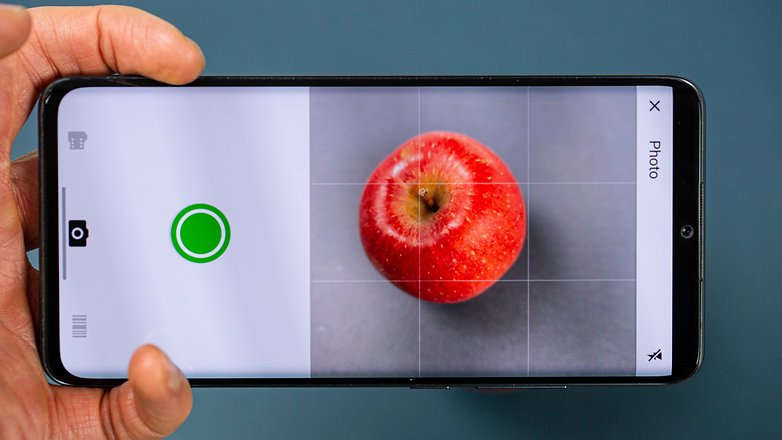
I’ve always done best with a macronutrient ratio between 60:20:20 and 80:10:10, respectively, based on carbs to proteins to fats as proportional energy sources. If you track your diet for a while, you’ll see the distribution of macronutrients in the apps and learn for yourself what works best for you.
In my opinion, the best app for calorie counting is Cronometer. Here you can track not only the macronutrients mentioned above, but also the micronutrients, i.e. vitamins, trace elements, etc. In the following article, you can read a more detailed comparison of popular calorie counter apps:
| Recommended App 1 | Recommended App 2 | |
|---|---|---|
| App | Cronometer | FDDB Extender |
| Image | 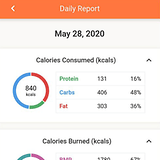 |
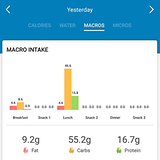 |
| Description | Cronometer tracks not only macro but micronutrients as well. Even if the database unforgivably did not recognize Nutella in our test, it still recognizes the vast majority of foods. Another great thing about this app: Cronometer also has a browser version, so you can easily check your nutrition history on the large display. The pro functions such as meal photos and detailed analyses cost a good $49.99 per year. | The Food Database is the dinosaur among databases when it comes to food, nutrition, and other essential details. With FDDB Extender, you get it in the form of an app on your smartphone. The range of functions is very similar to Cronometer. A few additional functions such as goals for macronutrients will cost a monthly fee. The app can also be connected to Google Fit, Samsung Health, Fitbit, or Garmin Connect if you so desire. |
| Download |
For the lack of space in this digital magazine, here is a side note: Away from macronutrients, there is still an enormous amount of information to consider nutritionally. “Fast carbs” are (usually) worse than “slow carbs” (keyword: glycemic index), there are good and bad fats (keyword: saturated/unsaturated), and there are also huge differences in protein (keyword: value).
Oatmeal (slow carbs), for example, makes you feel full much longer than white toast (fast carbs), and this simply makes it easier to eat less. There is a lot of literature on this subject, and I am sure you will quickly find what you are looking for at your local bookstore or in the relevant forums.
2.2 Output: How to estimate calorie consumption
After you have determined the input, it’s time for output. This is made up of two parts: the so-called basal metabolic rate and the power metabolic rate. The basal metabolic rate quantifies how much energy you consume while oxidizing in everyday life without involving sports or shopping trips, which are pretty hard to come by because of the pandemic anyway. There are simple rules of thumb and calculators for the basal metabolic rate. Many fitness trackers and smartwatch apps also calculate your basal metabolic rate.
The power metabolic rate finally quantifies the entire “on top” consumption from endless pizza dough kneading to the HIIT sports unit. Fitness trackers are a great help in determining power metabolic rate. They record your daily movements and heart rate and can thus estimate your active calorie consumption reasonably well. You can read more about calorie consumption here:
For more fitness trackers and smartwatches to monitor your calorie consumption, check out the articles linked below. If you don’t want to buy additional hardware, pedometer apps will help – they let you estimate your energy expenditure using your smartphone. Sports units, however, can not be recorded as accurately due to the lack of pulse measurement.
If you are particularly interested in fitness trackers from Fitbit or watches from Garmin, then you will find a complete overview of the manufacturers’ respective portfolios in the provided links.
| The best | Best all-around | Best display | Best companion app | Best compact option | |
|---|---|---|---|---|---|
| Model | |||||
| Picture |  |
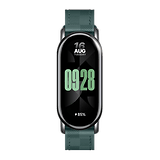 |
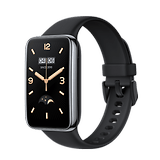 |
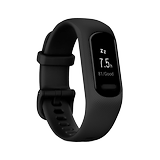 |
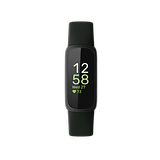 |
| Review |
|
|
|
|
|
| Pros |
|
|
|
|
|
| Cons |
|
|
|
|
|
| Offers* |
|
|
|
|
|
3. Sport as a calorie driver: Consumption versus input
If you now know the input and the consumption, then weight gain or loss should result from this. In reality, this is unfortunately not quite as simple, as the body is an extremely complex system with values for calorie consumption being always mere estimates. But you can improve the degree of accuracy: Log your weight for a few weeks; either with analog scales and pen or in a more convenient manner, use smart scales that are connected to your smartphone app. If there are inconsistencies, you can then adjust your basal metabolic rate as determined by rule of thumb.
Or you can finally stop sneaking all those chocolate bars past the calorie counter.
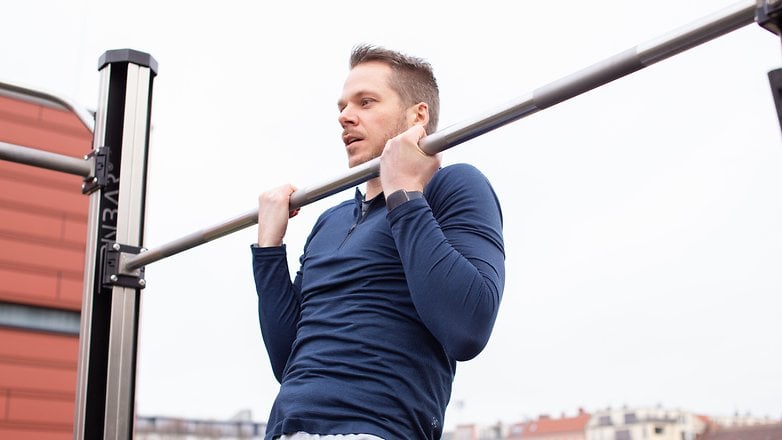
Now, if you’re putting on or losing weight, there’s another variable: How much exercise are you doing and how much stress is your body experiencing? This is where the aforementioned evolution comes into play, because muscles are a luxury for your body from an evolutionary point of view. When at rest, they consume a lot of valuable energy and are therefore broken down if they are not absolutely necessary for survival – i.e. constantly being used.
This is especially true for the calorie deficit: If you don’t exercise when you have a negative calorie balance, your body will then panic and not only turns to your fat stores for energy reserves, but even prefers to use your muscles as an energy source. After all, they need energy themselves and make survival even more difficult during a long period of starvation. Evolutionarily speaking, it’s better for your body to hold on to the fat.
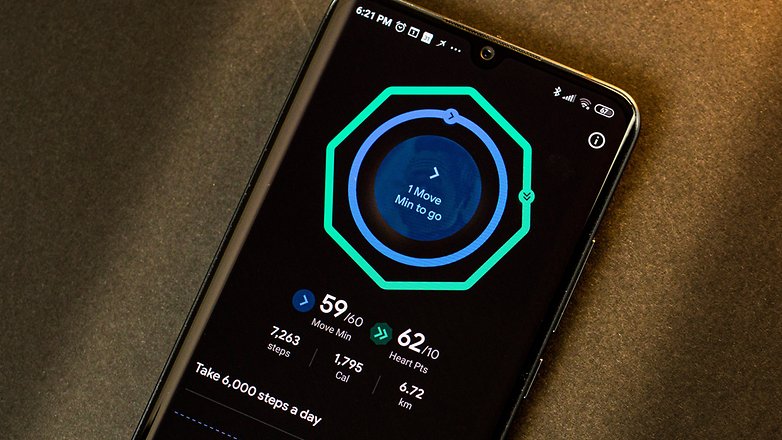
If you were to eat again after a sportless crash diet as before, the body that is relieved of many muscles has a lower basal metabolic rate than before. With the usual energy intake and still without exercise, you then gain weight again by leaps and bounds. It will be primarily fat this time around, as the next famine could be just around the corner! This harmful weight fluctuation is known as the yo-yo effect.
If, on the other hand, you exercise vigorously in a calorie deficit, your body considers muscles important for survival – and tends to draw more on your fat reserves for energy. Similarly, if you have a calorie surplus plus exercise, you will build more muscle than fat. In traditional bodybuilding, for example, many athletes alternate between so-called “bulk” and “cut phases”, in which muscles are built up first in excess and then the fat added during the course of this is trained off again in a calorie deficit.
In the following table, you can see three popular body fat scales with which you can track weight and body fat percentage as well as many other values. A major advantage of the Withings Body Scan is the sensor rod that you hold in your hand during the measurement process. This allows the scale to analyze the upper and lower half of the body separately.
4. The right sport is more than just a calorie driver!
Of course, it’s great to use sport to boost calorie consumption, build muscles up and shrink fat reserves. After all, it contributes enormously to the overall degree of satisfaction when you feel good about your appearance. However, exercise has far more benefits than just lowering your body fat.

All endurance sports, for example, not only drive up calorie consumption, but also strengthen the cardiovascular system, lower your resting heart rate, and reduce your blood pressure. Plus, endurance sports usually force you to put your smartphone down and clear your head for a change. Speaking of which, here are some tips to detox digitally:
However, most endurance sports only engage the lower half of the body. For those who tend to sit in front of screens for a long time, it’s hugely important to exercise the shoulders and back. Whether you feel more comfortable on a yoga mat or performing full-body HIIT sessions doesn’t matter. What is important is a holistic workout that includes proper stretching. After going through shoulder surgery and a herniated disc, I can relate to this.
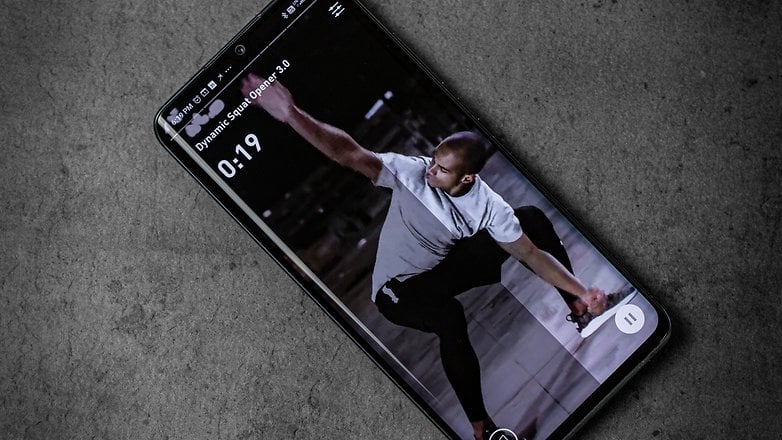
And very important: If you begin to exercise after a long abstinence, do observe yourself at least a few times to ensure correct execution of the exercises in order to avoid injury. For example, by sports-loving friends or a personal trainer (also available via video call) might be able to help. If you have any injuries or illnesses, it’s also better to talk to your doctor beforehand, because you can suffer from serious injuries simply by executing the exercises wrongly.
| Editor’s recommendation | Value-for-money recommendation | |
|---|---|---|
| App | Freeletics | adidas Training by Runtastic |
| Image |  |
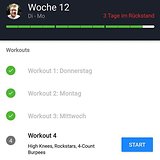 |
| Description | Freeletics is probably THE app for independent fitness training. Here, you get countless training plans and workouts, which are explained via video with great videos. But the best thing about Freeletics is the community, which meets in many places around the globe to train together. If you were to pay (from around $10 per month), you can have access to the complete training program and an online coach to help you. |
Runtastic is now part of Adidas. Needless to say, the training app is now also known as adidas Training by Runtastic. In the app, you’ll find numerous workouts and training plans with different goals, from losing weight to building muscle. |
| Download the app |
Whatever you do, the most important aspect of exercise remains: find something that you will also enjoy or an activity that you want to do on a regular basis. Typically, it takes a month or two to internalize a new workout routine. You will have to stick it out that long at the very least before it becomes second nature.
5. And now, over to you!
One thing is very clear: fitness is not a final destination, but a lifelong journey with many stops along the way. For example, I was always too heavy until about 2012. My maximum weight hovered around 95 kilograms at 184 cm tall. And no, these were not mountains of muscle. It may be far from morbid obesity, but I didn’t feel comfortable. Not in the pool, and not when a few floors of walking filled my lungs with what felt like two pounds of thumbtacks.
Meanwhile, it’s 2021 and I’m quite a tad lighter at around 80 kilograms, and most importantly, I feel fit. I ran in the Berlin half marathon in 2019 without any significant extra training and the day after a twelve-hour flight, can do a dozen pull-ups depending on my training level, and more importantly, my body feels really good most of the time. When the satisfaction wanes, I realize, “Ciao pizza, hello exercise. It’s time to tweak the balance a bit again.”
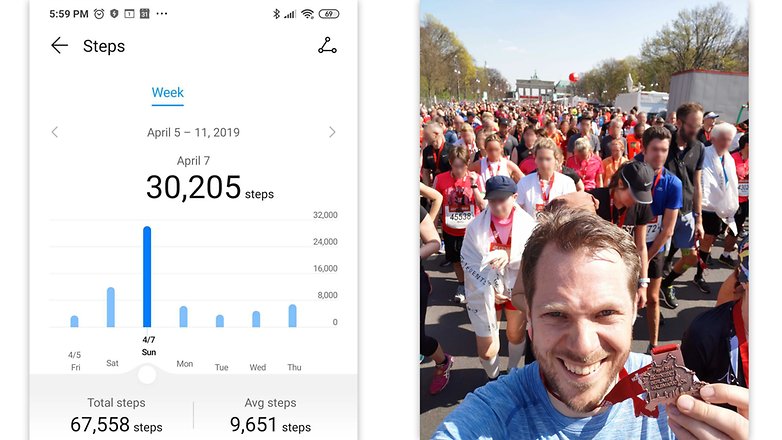
And you’ll pretty much feel the same way. Fitness is a lifelong journey that is full of trial & error. I’ve tried a lot when it comes to diet and exercise; from vegan to high-protein, yoga to plyo and pump, got myself into three major injuries including two surgeries in the process. Maybe this article can shorten some of the trials and tribulations and help you to just feel good physically.
If you’ve made it to the end of this article, one thing should be clear: You don’t need apps or gadgets to lose weight. But these little helpers can be huge motivators. Personally, being able to track my progress over the months or years has been a key to success. And even though I have analog training plans piled up in my basement with years of training history, it’s easier and clearer to do it via an app.
My goal for 2024 is to further improve my fitness, especially when it comes to building muscle—will that work at 40? I also hope to get my calorie consumption cranked up by doing so, and thus lower my body fat percentage further. Even with 600kcal workouts at the home gym, I just can’t get that high enough to fully offset my pizza consumption.
Stay tuned, and have a great start to the new year!
This article was updated in January 2024. Comments prior to the update have been kept.








